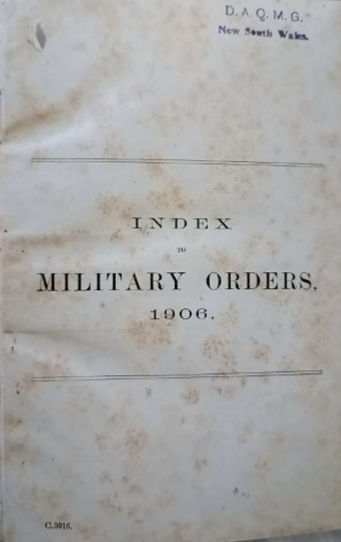MAN Magazine Vol. 6 #1 (June 1939)
Born in 1936 - the brainchild of ad-man Kenneth Murray - Man prospered against the odds through the tough years of the late 1930s and the second world war to become the centrepiece of an astonishingly successful home-grown Australian publishing empire.
In its heyday Man and its spinoffs published excellent fiction and non-fiction articles, cartoons and artwork. Some of the best of Australia’s writers and artists appeared between its covers and many careers were built on its influence.
None of this could have been predicted in December 1936, when the first issue of Man was about to appear on Australian newsstands.
There is little doubt that Man was strongly influenced by the American magazine Esquire, which had first appeared in 1933, three years before the Australian experiment began. Esquire was enormously successful. Australia and the US were vastly different markets, however, and there were probably many people who doubted that Man could survive.
In his 1947 History of Magazine Publishing in Australia, Frank S. Greenop (an employee of KG Murray and a former editor of Man) wrote: “The pretentious and slightly boastful, expensive Man magazine was published by Kenneth G. Murray, a young advertising man of no outstanding literary ability, who was publishing two trade magazines from his Castlereagh St office”.
It was printed on heavy art paper with thick, glossy card covers and squared spine. And it sold for the then-suicidal price of two shillings.
In its first issue Man boldly declared: “. . . Australia's widely distributed seven millions of population makes producing the real Mackay a tough proposition. But it can be done and MAN will do it. We’re prepared to let the gate money stand over until the goodwill of our name will be worth more than we ever lost.”
Greenop wrote: “Despite the hardy gesture of being able to wait for the gate money, the magazine was under-capitalized at the outset and had all the earmarks of being another short-life periodical of good intentions.”
But the first issue was a big success. The public seemed to like the plush, art deco style, the high-quality and diverse articles, the risqué cartoons (unusually presented as full-page illustrations) and the titillating photographs by such renowned cameramen as Max Dupain and Laurence Le Guay.
Man’s stated policy was to exist on the work of Australian writers and artists, and it had a reputation as a good and prompt payer.
After a year it had brightened its presentation, increased its advertising quote and quadrupled its initial circulation (5000 to 20,000). By the onset of the second world war circulation was 60,000 and by 1946 the magazine claimed circulation close to 100,000.
Ken Murray clearly knew he was on a good thing and began developing other titles.
Man Junior was the first offspring, in 1937. It was a pocket-sized magazine, 96 pages, sold for a shilling and had no advertising. It featured most of the same authors and artists that Man readers were already familiar with.
While Man may have been pacifist in editorial tone before the war, the outbreak of hostilities saw the magazine instantly converted into a powerful vehicle for propaganda. In a climate where books, magazines and newspapers were tightly controlled, and where access to paper, ink and other consumables became increasingly uncertain, this was probably an example of sensible pragmatism on the part of Murray. The anti-war advertisements vanished, replaced by astonishingly blatant but beautifully produced propaganda posters which, when more widely recognized, will become valuable collectors’ items.
- One magazine for sale in Fair to Good Condition
































